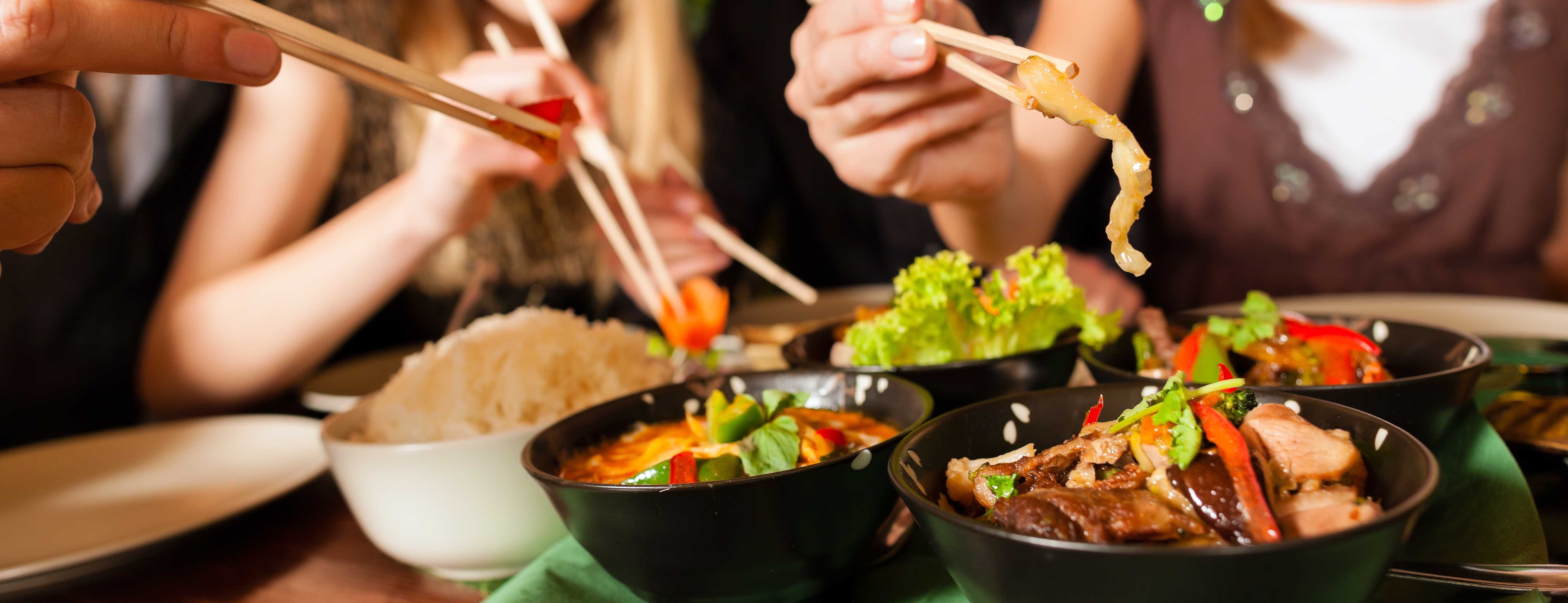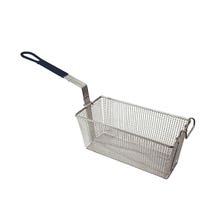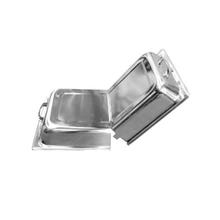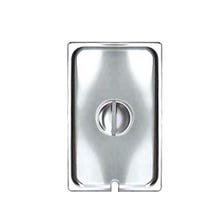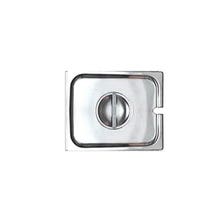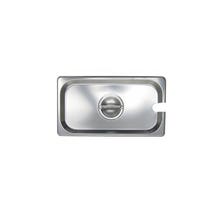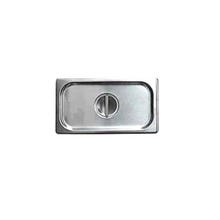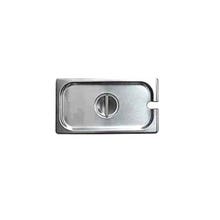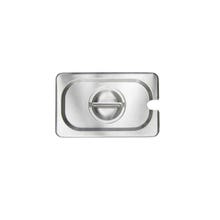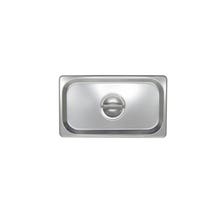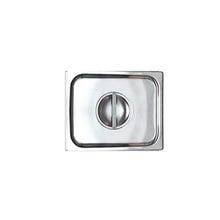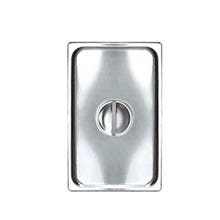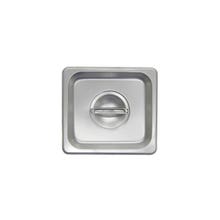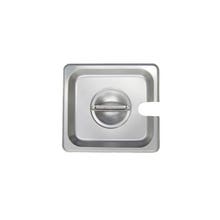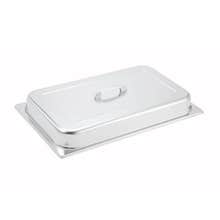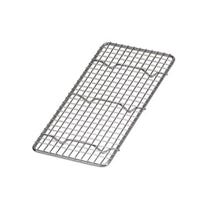Seven Tips for Opening a Successful Asian Restaurant
By: Matthew Berry • June 2, 2023 • 11 minute read time
Seven Tips for Opening a Successful Asian Restaurant
Opening a new Asian restaurant is a daunting project. Having a plan will help you through the process. We've put together seven areas to focus on to make your business as successful as possible.
- Create a concept and define a target audience
- Select a location for a new restaurant
- Create a financial plan for a new Asian restaurant
- How to buy commercial restaurant equipment
- What permits and licenses do new restaurants need?
- How to hire staff for an Asian restaurant
- Promoting and marketing a new Asian restaurant
Define your Asian Restaurant's Concept and target audience
The most important question when opening a restaurant is also one of the most obvious: What will you serve?
Developing your menu, even in broad strokes, will guide you in all your decisions. In the case of Asian restaurants, decide what type of cuisine you'll serve. Will it be traditional or Americanized or a fusion-style menu? Will you serve Chinese, Korean, Japanese, Vietnamese, Indian, Thai, or one of the dozens of other regional Asian cuisines?
The concept of your restaurant also includes how you serve your food. Upscale, fast casual, buffet, and take-out-focused restaurants require different locations, equipment, supplies, and start-up money.
Once you've decided what food you will serve and how you will serve it, use that information to determine your target audience.
Knowing who will likely frequent your Asian restaurant will help you decide where it should be.
How to pick a location for your new Asian restaurant
Now that you've decided on your target audience, use those demographics to find the perfect location for your new Asian restaurant.
Do market research on the city you want your restaurant to be in. Make sure your target demographic is there, and then find where they live, work, socialize, and eat. Those are the locations you want to target for your new restaurant.
As part of your market research, look at your competition. Find out where they're located and who frequents them.
Once you're ready to start looking at specific locations, enlist the help of a realtor who has helped other restauranteurs find sites. They'll be more attuned to the particular needs of restaurants and may think of things you haven't.
Some specific things to keep in mind while looking for real estate for your restaurant include:
- Look for a location with good foot traffic.
- Make sure your new restaurant location is easily accessible by car with ample parking or near public transportation.
When looking at buildings for your new Asian restaurant, look for locations that previously housed restaurants. They'll be easier to convert to your needs, and some basic equipment may already be there, like vents for exhaust hoods or walk-in coolers. However, if you're looking at existing buildings, learn what happened to the former tenant to ensure there's nothing wrong with the location, like poor accessibility to vehicle traffic.
If you choose a spot that's never been a restaurant, make sure it can be converted into one. Use a professional designer to help you make the most of your space and avoid costly mistakes.
Importantly, you'll also want to ensure your lease or rent are favorable and will make it easy for you to turn a profit.
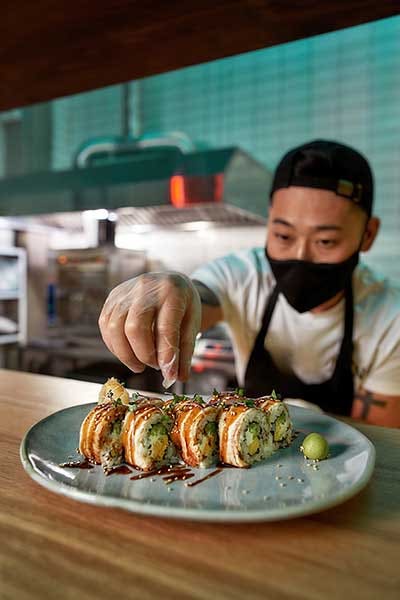

Create a financial plan for your new Asian restaurant
A financial plan is a road map for opening and running your new business. A good financial plan can be used to forecast your budget and attract new investors. As part of your financial plan, you should:
- Conduct market research - Analyze the market you want to be in; this includes the physical marketplace and the niche you expect your restaurant to fill. Understand how your competitors operate, who your target audience is, and how you will sell food and make money.
- Consider funding options - Once you've created a financial plan for your new Asian restaurant, you can use it when applying for business loans or presenting to potential investors.
- Monitor your performance - Regularly monitor your restaurant's financial performance once your restaurant is open. Look for trends over time and adjust your budget, financial projections, and operating expenses accordingly.
- Set your start-up costs - Calculate your start-up costs, including renovations, leases, staffing expenses, licenses, permits, marketing, equipment, and supplies.
- Project future revenue - Use your market research, estimated start-up, and other factors to project your future earnings.
- Create a budget - Create a budget that considers your start-up costs, operating costs, and all your other projected expenses and revenue streams. Once you've created a budget, it's important not to go over it.
- Expect unexpected expenses - Something unexpected will always happen. Make sure you're prepared as well as you can be by setting aside some funds for emergency repairs or other unforeseen issues.
How to pick the perfect equipment for an Asian restaurant
When starting a new restaurant, one of the most expensive and important investments is choosing the equipment and supplies you'll use daily to make the food your customers love.
Walk into any restaurant supply store, and you'll easily be overwhelmed by the many choices. To make the equipment purchasing process easier, start by looking at your menu. Break down each recipe, determine what you'll need to prepare and cook each item, and decide what you'll need to store raw and prepped ingredients.
Break your list of equipment and supplies into broad categories, like:
- Commercial cooking equipment
- Commercial refrigeration and ice machines
- Storage equipment
- Dining room supplies
- Cleaning supplies, including sinks and dishwashers
Once you're ready to start buying, look for reliable and trustworthy equipment sellers. Shop for the best prices to stay within your budget. For large items, consider financing options, including short-term financing options like Credit Key.
Consider purchasing extended warranties to protect your investment in critical equipment like refrigerators, ranges, and deep fryers.
Apply for permits and licenses for an Asian restaurant
The licenses and permits you'll need to open your new Asian restaurant will differ depending on where your business is located, what you plan to serve, and what renovations the building needs.
Contact your local health department and other government entities to determine what licenses and permits you need. Working with a local business attorney can help make sure you have everything you legally need to open and operate your Asian restaurant.
- Building and construction permits - You'll need specific permits to remodel, renovate, or do other types of construction to your restaurant building.
- Business license - Most areas require a business license to operate legally.
- Tax ID number - You'll need a tax ID number to pay taxes and report income. Your employees will also need it to file their taxes.
- Health department permit - Health department permits and regular inspections are required for all food service establishments.
- Food service permit - Many locations require restaurants to have a food service permit and for all employees to be certified.
- Liquor license - If you plan to serve alcohol with your Asian cuisine, you'll need a license and additional training for your employees.
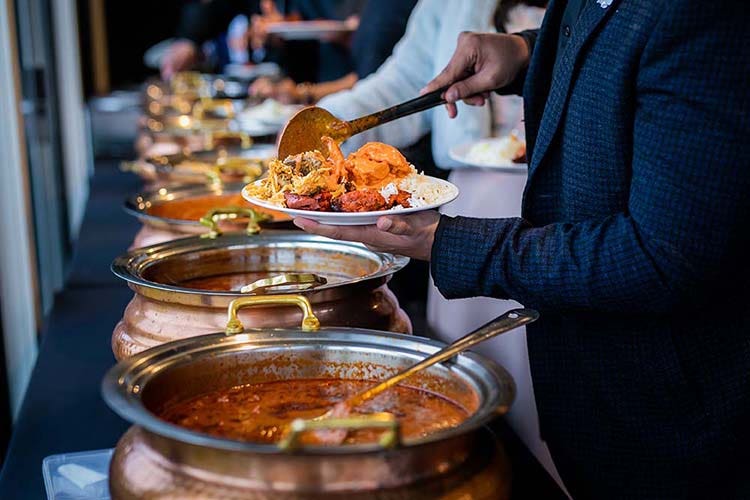

How to hire and retain staff for an Asian restaurant
Hiring the right people to help run your restaurant is one of the most important decisions you can make.
Before you start interviewing, you need to answer a few things:
- What hours will you initially be open?
- How many people do you need in the restaurant for it to run smoothly?
- Are you going to have full-time or part-time employees or a mix?
Once you've made those decisions, create an organizational chart with clear job descriptions. With those job descriptions, you can advertise your new jobs.
Start hiring at the top. Find your managers first and let them help you find the rest of the staff. Having your managers help select the rest of the team will ensure they have people they can work with.
Hiring experienced staff will make the start-up process smoother, especially for key positions.
You'll also need to do some basic human resources work:
- Develop policies and procedures to make your restaurant a safe and enjoyable workplace.
- Foster a positive environment -- when hiring, focus on soft skills; it's easier to teach someone to bus a table than how to be friendly.
- Encourage feedback from your employees and take action when you get it.
- Set realistic schedules for your employees.
- Offer competitive pay and benefits, including time off, for your employees.
How to market a new Asian restaurant
Once your restaurant is ready to open, you need to let people know you exist.
While preparing the restaurant's interior, put coming soon signs in the windows to let potential customers know what's happening.
Work with a professional graphic designer to develop an overall identity for your restaurant. With the designer, you can create a logo for your restaurant, design your menu or menu boards, and develop a color scheme for your restaurant and advertisements.
You'll also want to establish a website and social media presence for your new Asian restaurant. Your website should be a standalone site that isn't just a social media page or profile, so it's fully accessible to customers who don't use social media.
Advertising is a great way to let potential customers know you exist. Smart use of paid search advertising, social media advertising, and traditional print advertising methods will help you reach your target audience. Sponsoring local events and sports teams can also raise your restaurant's profile.
By following the tips above, your dream of opening a new Asian restaurant will be a more straightforward process.
Share

